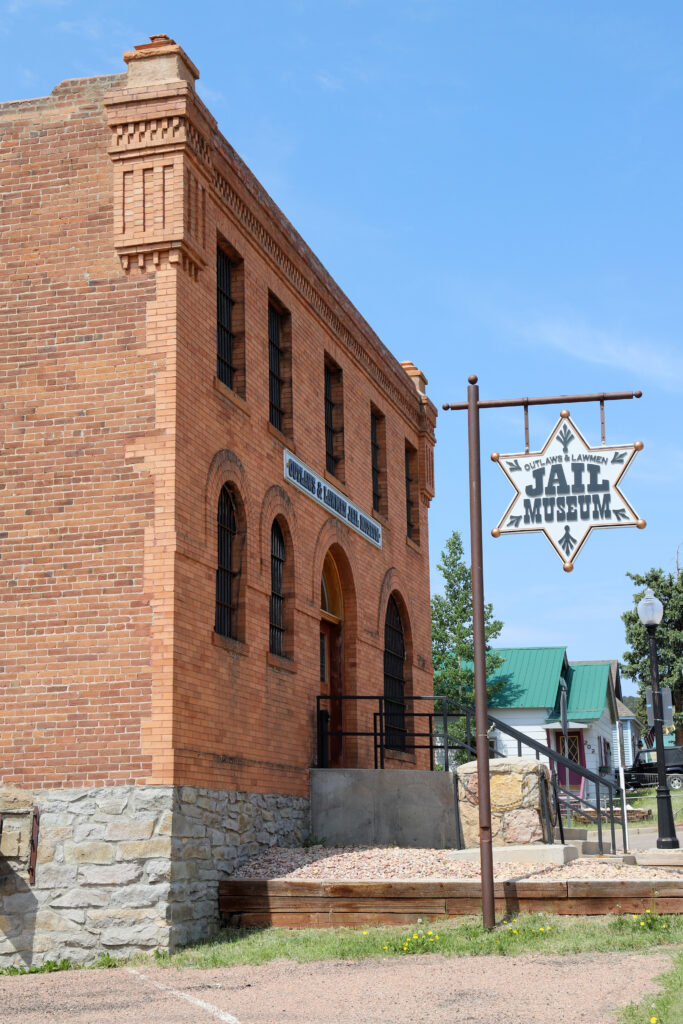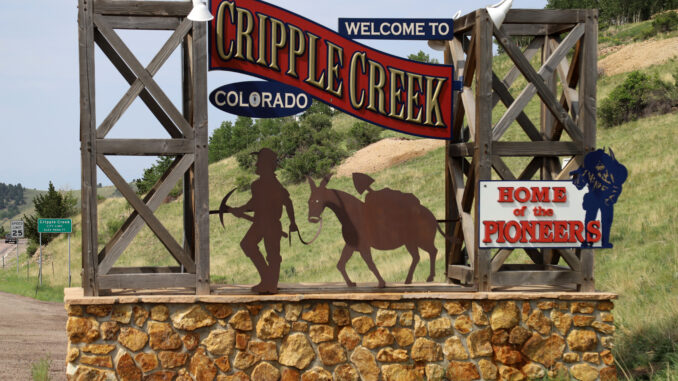
Cripple Creek, Colorado, and the nearby town of Victor, form one of the most photogenic historic regions in the Rocky Mountains. Once known as the “World’s Greatest Gold Camp,” this area offers an unforgettable mix of preserved 19th-century architecture, dramatic mountain scenery, and traces of its Wild West legacy. Whether you’re drawn to historic details, sweeping vistas, or old mining sites, there’s no shortage of imagery to capture here.
Getting to Cripple Creek
Cripple Creek is located just over an hour west of Colorado Springs and about two and a half hours from Denver. The drive is a scenic one, winding through pine forests, mountain curves and historic byways. Once you arrive, you’ll find that both Cripple Creek and Victor are compact, walkable, and easy to explore. Having a car does make it easier to reach some of the more remote locations, but you can enjoy many of the best photo opportunities on foot.
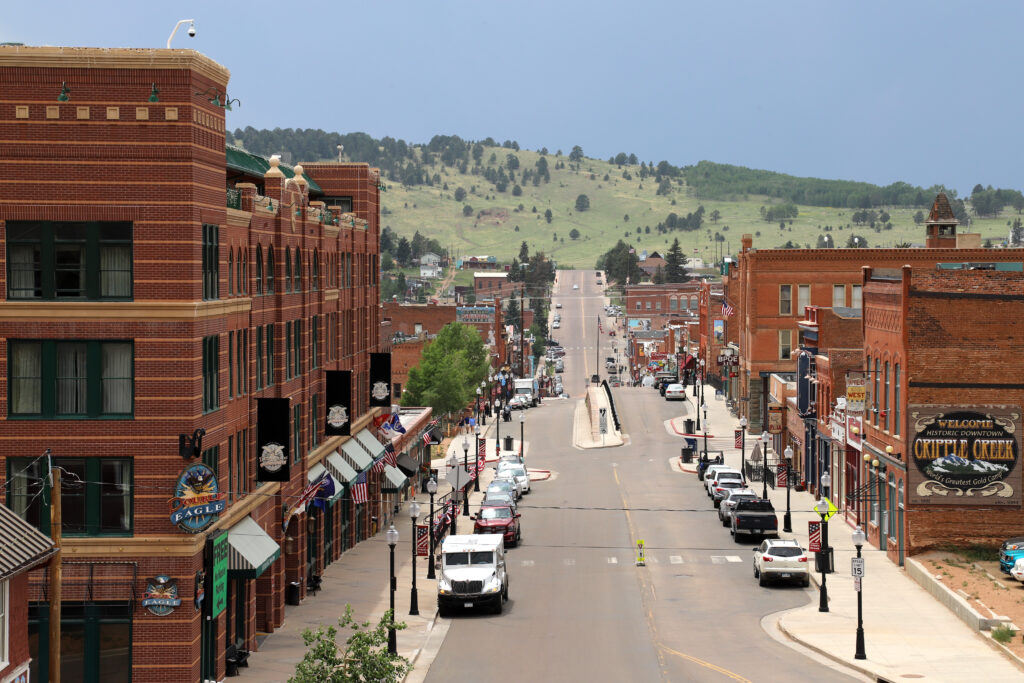
Before You Go
At an elevation of 9,494 feet (2,894 meters), Cripple Creek’s weather can be unpredictable. It’s not uncommon to experience warm sunshine and snow flurries in the same afternoon. Dressing in layers is essential, and you’ll want to bring a warm jacket, gloves, and a hat — even in summer. Waterproof hiking boots will make it easier to explore rugged areas, and a refillable water bottle is a must. The altitude can affect hydration and energy levels, especially if you’re walking or climbing. Be sure to pack snacks and pace yourself as you photograph.
When To Visit
Cripple Creek and Victor are year-round destinations for photographers, and each season brings a different mood and palette. Autumn is arguably the most stunning time to visit, when the surrounding aspen groves blaze gold across the hillsides. Late September into early October offers incredible color and clear mountain air.
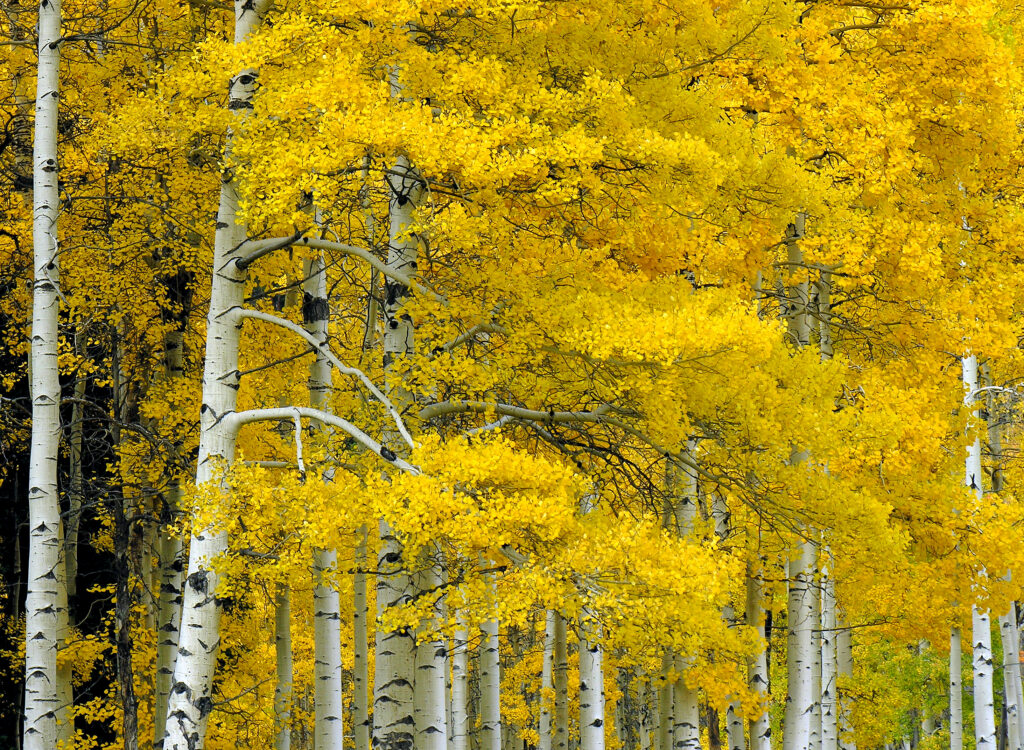
In winter, snow-covered rooftops, frosted windows, and icy mine structures provide a dramatic backdrop for your photos. The annual Ice Festival in February adds visual interest and festive energy to the town. Spring brings new life to the region, with melting snow, emerging wildflowers, and quiet, misty mornings that lend themselves to soft, atmospheric shots. Summer offers the most daylight and accessibility, with green meadows, mountain wildflowers, and a steady stream of events and festivals that add local character to your images.
Historic Downtowns
The historic downtowns of Cripple Creek and Victor are treasure troves for architectural and street photography. In Cripple Creek, more than 80 preserved buildings line the streets, including landmarks like the Butte Opera House, the Cripple Creek Jail Museum, and the Old Homestead House Museum — a former brothel with a colorful past. Signs of the town’s mining legacy are everywhere, from rusted carts to ornate brickwork and old storefronts that seem frozen in time.
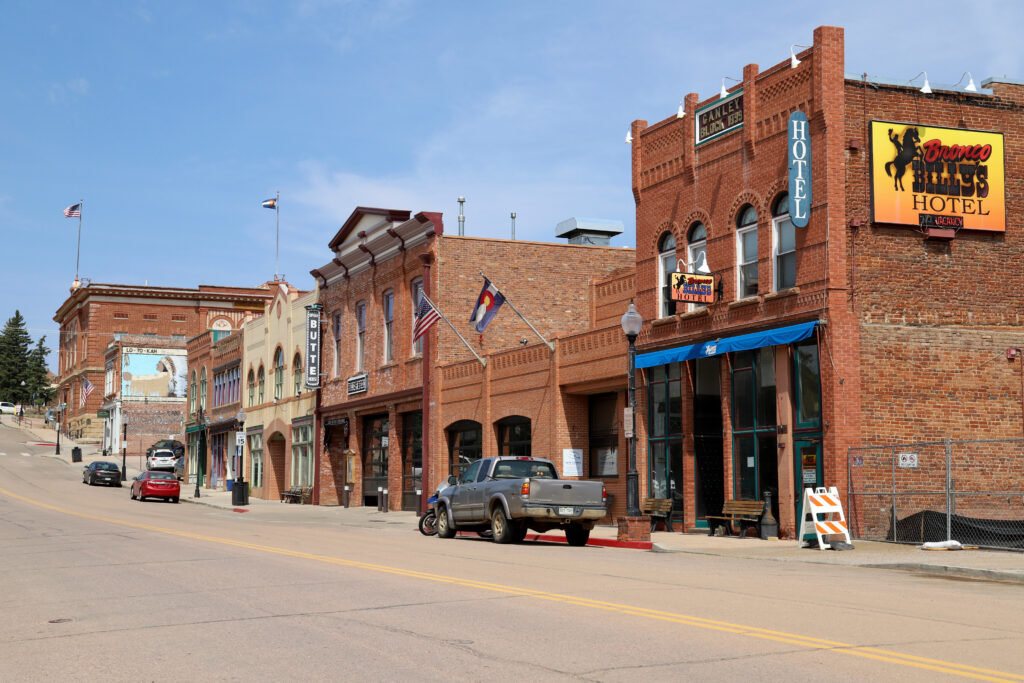

Victor, located just a few miles away, offers a quieter, more rugged atmosphere. Its buildings are less restored, with peeling paint, warped wood, and faded signage that offer a more weathered and gritty aesthetic. The town’s authenticity makes it a favorite among photographers looking to capture real textures and mood.
Scenic Railroads and Mine Sites
One of the most popular photo experiences in the region is the Cripple Creek & Victor Narrow Gauge Railroad. This steam-powered train runs seasonally and offers a 45-minute ride through the mountains and past historic mine sites. Whether you’re photographing the trains as it chugs along the tracks or capturing views from inside the car, it’s a dynamic and nostalgic subject.
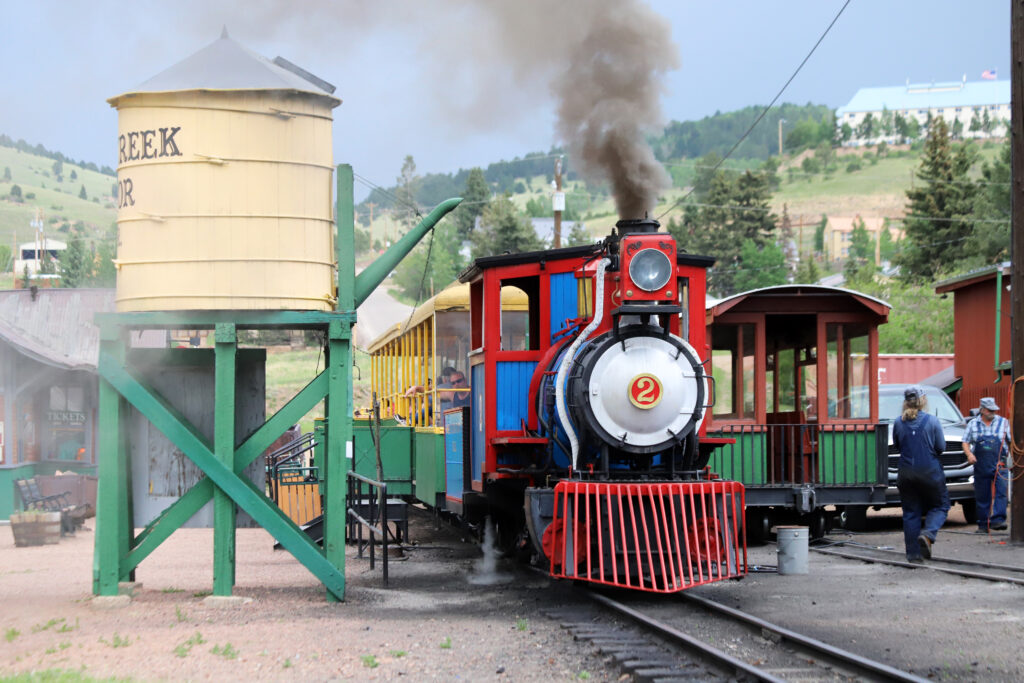
The Mollie Kathleen Gold Mine is another standout location. Tours take you 1,000 feet underground to explore the historic mining tunnels, but he surface grounds are equally photogenic. Old hoists, ore carts, and panoramic views from the parking area all offer great composition opportunities.
Nearby, the Cripple Creek & Victor Gold Mine provides a dramatic contrast between past and present. This massive open-pit mine is still active and ranks among the largest gold mines in the world. You can photograph the site from the public overlook near the visitor center, where the scale of the operation becomes clear. Haul trucks, layered terraces, and stark industrial textures offer a powerful photographic counterpoint to the surrounding natural beauty.
As you continue toward Victor, another must-visit location for mining photography is the Battle Mountain area, just before you enter town. This site is home to the Gold Camp Agriculture & Mining Museum, an open-air collection of historic mining equipment, head frames, ore carts, and industrial structures displayed across the hillside. The machinery and building remnants — many rusted but well-preserved — offer an excellent opportunity for capturing authentic textures, patterns, and forms. With interpretive signage throughout the site, photographers gain both visual material and historical insight. The late afternoon sun works particularly well here, casting long shadows that highlight the age and detail of each structure against the mountain backdrop.
Panoramic Vistas
For sweeping landscapes and golden hour magic, head to Lookout Mountain or Mount Pisgah. These high-elevation viewpoints offer breathtaking views of Cripple Creek, Victor, and the surrounding valleys. They are especially beautiful at sunrise and sunset, when the light creates long shadows and rich tones that enhance the textures of the terrain.
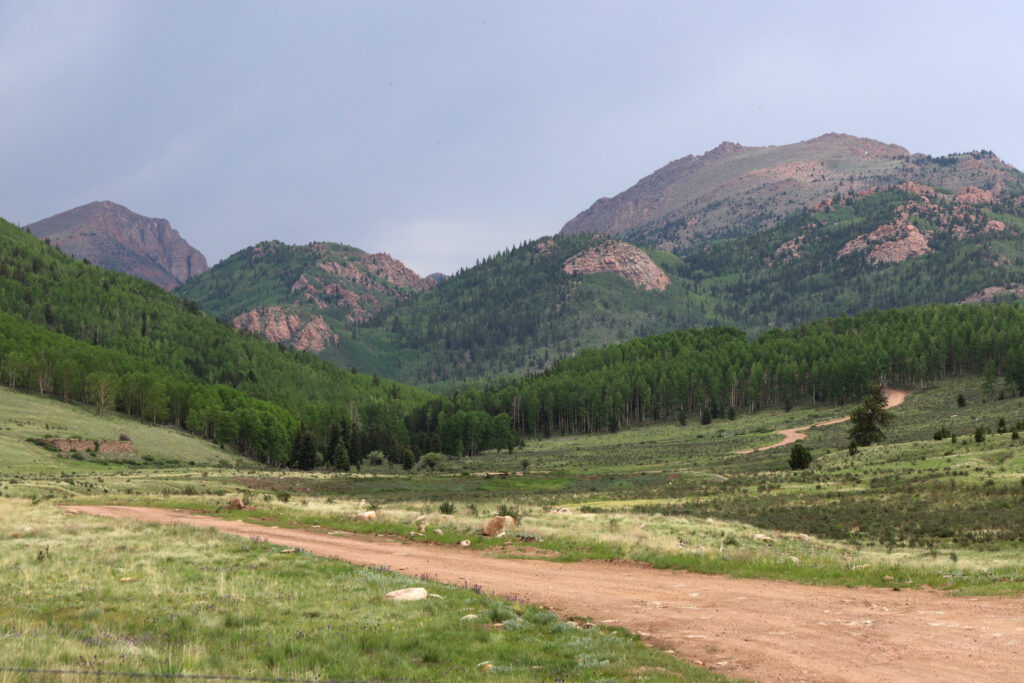
From many vantage points in the area, you can also capture Pikes Peak — the towering summit that dominates the southeastern skyline. Whether you frame it from afar or drive toward it for a closer view, the mountain adds a dramatic anchor to any wide landscape shot.
Natural Wonders Nearby
The Florissant Fossil Beds National Monument is just a short drive from Cripple Creek. This unique park preserves ancient fossils of trees, plans, and insects, but the real photographic magic often lies in the surrounding meadows and forests. In spring and summer, wildflowers blanket the landscape, and the soft morning light adds a dreamlike quality to your shots.
Gold Camp Road, a historic scenic drive between Cripple Creek and Colorado Springs, is especially rewarding in late spring through fall. Winding through tunnels and overlooks once used by the railroad, this route offers secluded photo opportunities you won’t find in town. While some sections may be closed in winter due to snow, summer and fall provide clear access and brilliant light.
Photography Tips
Early mornings are often the most rewarding time to shoot. The soft, angled light brings out detail in buildings and mountains, and the towns are quiet and peaceful. Take time to explore different perspectives — get low to capture reflections or texture in the ground, or shoot through doorways, fences, or tree branches for added depth.
Keep an eye out for interesting light and shadow patterns. The high altitude sun casts strong highlights and long shadows, which work especially well with the rough textures of mining equipment and weathered architecture. Don’t be afraid to experiment with backlighting or silhouettes.
Most importantly, be respectful while photographing. Many of the historic buildings are private property, and some still serve as homes or businesses. Always ask permission before entering private spaces and remain mindful of residents and workers in the area.
What to Bring
A versatile camera setup will serve you well here. A wide-angle lens is great for landscapes and buildings, while a mid-range zoom can handle general scenes around town. A telephoto lens helps capture wildlife or distant mountain features, especially if you’re photographing from a ridge or overlook. A tripod is helpful for shooting in low light or for stable compositions of architecture and landscapes.
Pack extra batteries and memory cards — you’ll likely take more photos than expected! The combination of historic charm and natural beauty is irresistible. Also, don’t forget personal gear: warm clothing, gloves, a hat, and sturdy hiking boots. With the elevation and dry mountain air, it’s important to stay hydrated and fueled, so keep a water bottle and a few snacks in your daypack.
Living History
Photographing Cripple Creek and Victor is like stepping into a living history book of the American West. The combination of rich history, mountain vistas, and authentic local character makes this region a photographer’s dream. Whether you’re chasing golden light over aspen-covered hills or exploring the old jailhouse, you’ll find endless inspiration in every corner. With a bit of planning, patience, and curiosity, you’ll leave with a collection of images as rich and layered as the gold veins that once ran beneath these hills.
